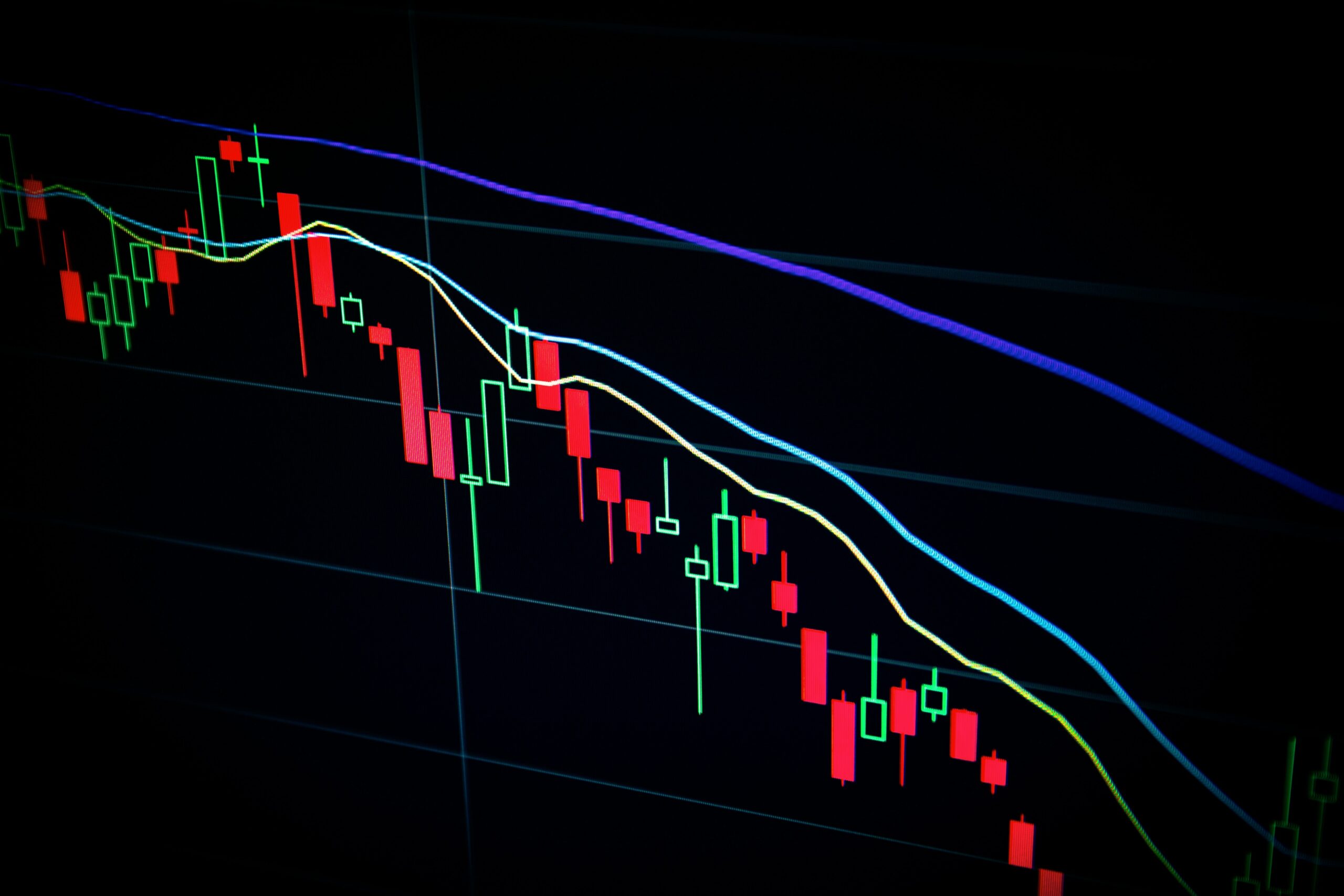On-chain data shows the Bitcoin exchange inflows of the short-term holders have intensified recently as the asset’s rally has come to a halt.
Bitcoin Short-Term Holders Are Showing Elevated Exchange Inflows
According to data from the on-chain analytics firm Glassnode, the short-term holders have recently made inflows equivalent to 1.28% of their entire supply. The “exchange inflow” here refers to an indicator that measures the total amount of Bitcoin that investors are depositing to centralized exchanges currently.
Generally, investors deposit to these platforms for selling-related purposes, so whenever this metric’s value is high, it’s a possible sign that there is dumping going on in the market. Naturally, this kind of trend can have bearish consequences for the cryptocurrency’s price.
The exchange inflow is usually defined for the entire market, but in the context of the current discussion, the focus is only on the inflows being made by the “short-term holders” (STHs).
The STHs make up one of the two major cohorts in the Bitcoin market (the other being the “long-term holders”), and they include all investors who have been holding their coins since less than 155 days ago.
As their name already implies, these investors don’t tend to hold for too long, as they are usually the most fickle bunch in the market, easily selling at the sight of any FUD or profit-taking opportunities.
Now, below is a chart that shows the trend in the Bitcoin exchange inflows specifically for the STHs over the last year or so.
Here, the exchange inflow of the STHs is represented as a percentage of their supply (that is, the sum of the wallet amounts that each individual STH is holding right now). From the graph, it’s visible that the indicator’s value had risen to notable values earlier in the month when the market was going through FUD like the SEC lawsuits against cryptocurrency exchanges Binance and Coinbase.
While the STHs were clearly showing panic then, the scale of their selling was still significantly lower than the other selloffs that have taken place during the past year.
After the latest rally in the cryptocurrency’s price above the $30,000 level has occurred, however, the indicator’s value has shown a sharp increase. Now, the metric has hit a value of 1.28%, which means that the STHs have recently made inflows equivalent to 1.28% of their supply.
This level is higher than what was seen during the rebound rally back in March of this year. As is visible from the graph, the rally back then had hit the brakes when the STHs ramped up their selling.
So far, Bitcoin has been trending sideways since the recent sharp price surge occurred. So it’s possible that the current intensified selling from the STHs is behind this trend, similar to how it was back in March.
BTC Price
At the time of writing, Bitcoin is trading around $30,100, up 4% in the last week.









